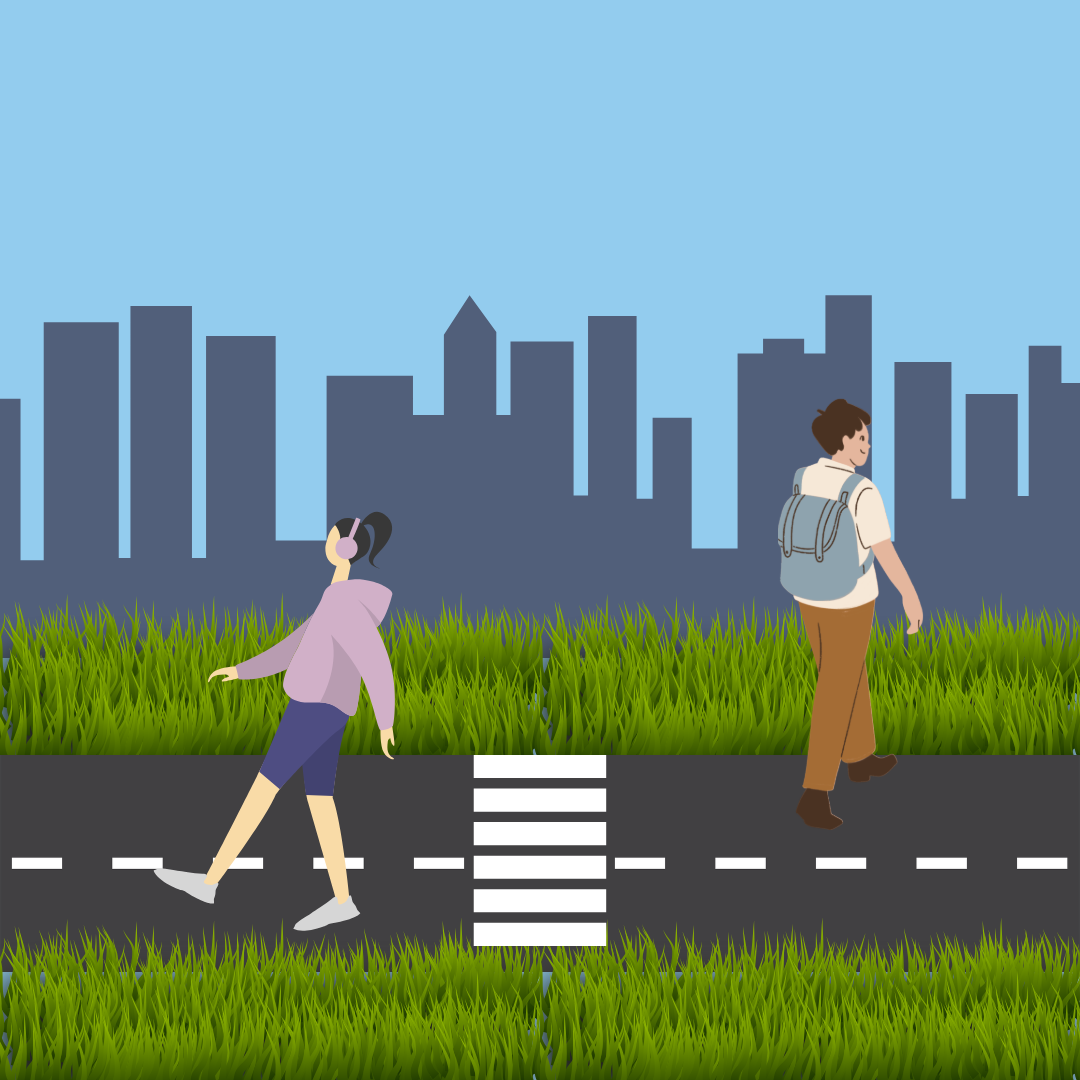
New York City is widely known for its illustrious history, diverse communities and bustling streets. It’s the city that never sleeps. Everyone is in a hurry to get to where they need to go.
For many residents, jaywalking provides a convenient solution to circumventing traffic, bothersome crosswalks and even the occasional monstrous sewer rats. The practice of jaywalking in the city of New York has been illegal for over five decades. Violations of such laws prohibiting the practice can lead to fines of up to $250.
In the past few years, cities such as Denver and Kansas City, Missouri, have taken necessary measures to decriminalize jaywalking. States including Nevada, California and Virginia have also taken action by decriminalizing the act. This past October, legislation was passed by the City Council which legalized jaywalking in New York City.
This bill is a step in the right direction in addressing racial discrimination in the city and redirecting law enforcement resources to tackle other more important urban issues. Prior to legalization, the enforcement of jaywalking laws disproportionately affected communities of color. The enforcement of such laws is part of a larger trend of controlling the movement and agency of communities of color.
In 2023, over 90% of the jaywalking tickets issued by the New York Police Department went to Black and Latino people. This trend of disproportionately ticketing Black and Brown people was not a simple anomaly even though almost all New Yorkers are guilty of violating the traffic law. In the first six months of 2024, 77% of the 786 pedestrian-related summonses went to Black or Brown people.
“Let’s be real, every New Yorker jaywalks. People are simply trying to get where they need to go..
. Laws that penalize common behaviors for everyday movement shouldn’t exist, especially when they unfairly impact communities of color,” stated Council Member Mercedes Narcisse, a sponsor of the bill and Brooklyn resident, in an email. Policing or penalizing the movement of communities of color is not a new practice in the city.
New York has a dark past of displacing communities in the pursuit of modernization such as the creation of the Cross-Bronx Expressway , Lincoln Center and Central Park . These laws that prohibited jaywalking were put into place as the city began expanding and transitioning to a more car-dependent society. The auto industry pushed for legislation to be passed that criminalized jaywalking in the 1930s.
They sought to clear the roads of people in order to make more room for vehicles. This resulted in less accessibility, but it did not stop New Yorkers from violating the new auto-industry-sponsored traffic laws to get to their intended destination. With the introduction of this legislation, law enforcement would be able to redirect their efforts to address other important issues.
The NYPD has long been criticized by organizations such as the Legal Aid Society for stopping and harassing Black and Brown pedestrians at a far higher rate compared to their white counterparts. Narcisse said in a statement , “Police officers have told me they prefer to spend their time on real safety concerns, not handing out jaywalking tickets.” Decriminalizing jaywalking in New York City would be a step in the right direction in dismantling tools and legislation historically used to harass pedestrians, particularly those from minority communities.
Individuals shouldn’t have to become entangled in the legal and criminal justice system for simply crossing the street. The legalization of jaywalking comes as a result of the action, or more accurately inaction, of New York City Mayor Eric Adams. Potentially due to his federal indictment and other legal problems, Adams failed to take action with the bill by either signing it into law or vetoing the legislation.
His administration also failed to give a reason as to why Adams declined to sign this bill into law. It’s also important to note some of the main points of the legislation. The new law allows individuals to cross at any point on the street.
One can also cross against traffic signals. Under this law, crossing against the indicated signal is no longer a violation of previously established traffic laws. However, the bill does warn individuals that one should yield to oncoming traffic because they forgo their right of way if they are not using a designated crosswalk or obeying traffic signals.
While it would be safer for everyone to obey traffic rules and regulations as it reduces the risk of accidents, the decriminalization of this practice is a necessary step for the city to dismantle unjust policing practices and to divert law enforcement resources to address other critical issues. Indranil Kar, FCRH ’26, is a political science major from St. Louis.
.














